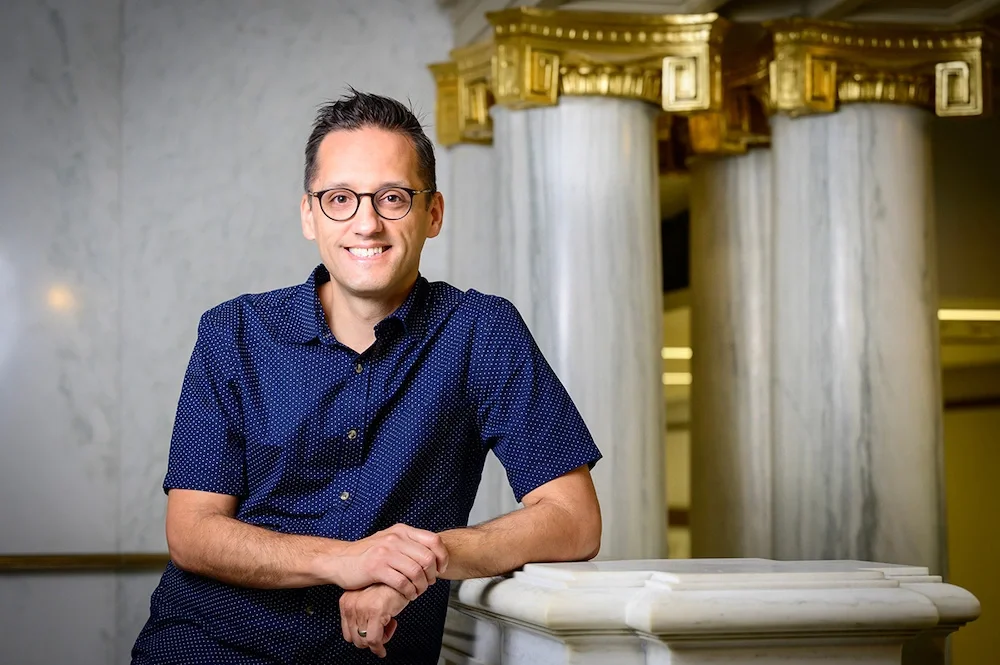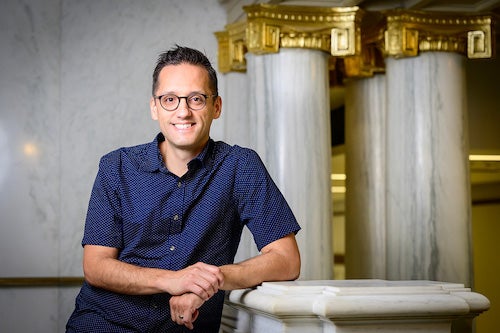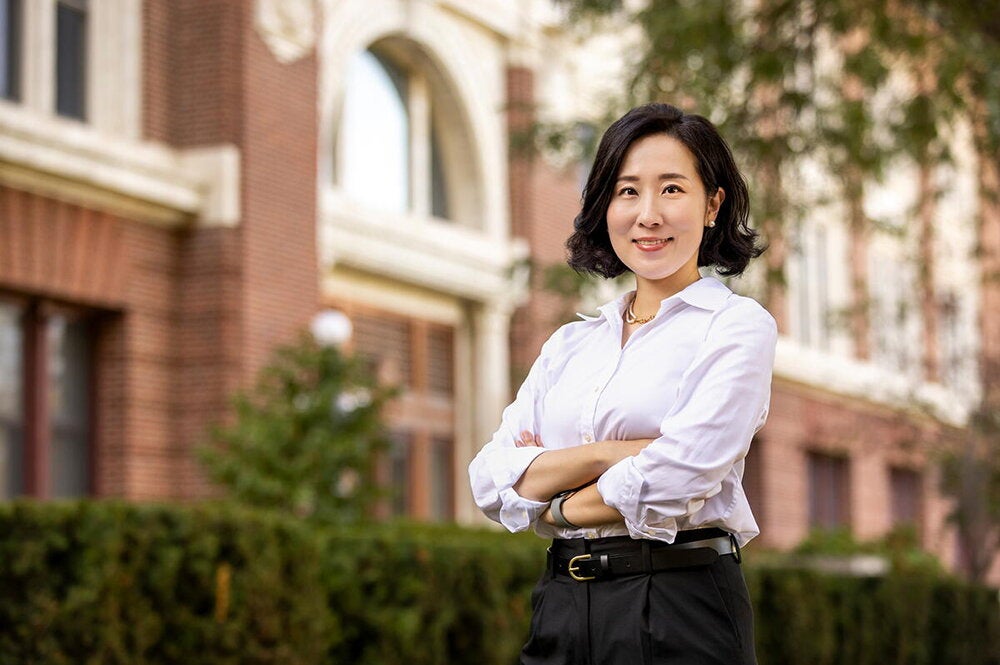

J. David Cisneros, a professor of communication and an affiliate of Latina/Latino Studies researches social movements and public rhetoric about race, culture, and citizenship. He spoke with research editor Sharita Forrest about the ways in which political candidates in U.S. elections both court and disparage Latinx communities.
In a 2008 study, you indicated that Latino communities were portrayed as “pollutants” and as both threats and valuable voter demographics by politicians and TV news. In 2024, are these tropes still being used?
The images are consistent in terms of the duality between threat and attractiveness. Some things have shifted a bit from 2008 though, when the language centered on the “War on Terror.” Now I hear more discussion that the threat posed by Latino communities is organized crime.
Also, now it is very popular among politicians and the media to discuss the great replacement theory — the notion that Latino immigrants are going to replace people in the U.S. That seems like a particular way that the narrative about the threats posed by Latino immigrants has morphed. That is not to say it wasn’t there in 2008, but it changes over time with the kinds of things that are going on and what people are concerned about, such as the spread of COVID-19 or losing jobs.
In examining previous U.S. presidential elections, you said that the political rhetoric and news coverage about Latinos portrayed them as a homogenous blob, without recognizing the social and cultural differences among the various groups and ethnicities. Are these differences now being recognized by candidates or are Latinos still depicted as a single homogenous group?
While some of that is still there, there is more acknowledgment of the differences among these groups, and they are not portrayed as homogenously as they were in the early 2000’s.
There is more acknowledgement of these social/cultural differences in younger Latino groups, but the two dynamics of threat and enticement are still there. In this election cycle, the threat will be more prevalent because both Democrats and Republicans seem to concur about there being a crisis at the U.S.-Mexico border.
When Barack Obama was a presidential candidate, the focus was more on the potential impact of Latino voters. I haven’t heard as much about that this election cycle.
You have said that public rhetoric about Latino voters — which conveys them both as a highly prized demographic and as various types of threats are two sides of the same coin — but that former President Donald Trump “was able to slip between them.” How so?
Many politicians, including President Joe Biden, do the same thing. It’s their ability to move between saying that immigrants are causing this crisis at the border and that they are going to take over America, while also saying that “Hispanics love Biden” or “Hispanics love Trump.”
These differing perspectives share the same logic: That Latinos are a homogenous group, all of whom like a candidate — but are also people to be feared.
Have social media as a news source changed these perceptions of Latinos?
The people who primarily watch TV news tend to be different demographically from those who get all their news on social media. That’s an important background factor.
The political landscape has also changed a lot since 2008. The country is even more polarized. There’s a much stronger far right contingent now. And the immigration situation at the border is very different.
I don’t think I’ve seen as much portraying of immigrants as pollutants. The current focus is on their being criminals — drug smugglers, gang members and participants in organized crime.
When politicians are portraying Latinx or Hispanic immigrants as pollutants, that’s depersonalizing because politicians are saying these people are things. But when you’re saying that immigrants are drug smugglers, that’s a personalizing metaphor — you’re painting them as a certain kind of person.
That dichotomy is interesting and important. We must understand how Latinx people and immigrants are portrayed because this impacts how they are treated and the broader policies that get passed.
You said in one of your studies that the ways we talk about the U.S. presidency has changed since Obama was elected. How has it changed and why?
The president is many things, but the presidency itself is a symbol of America and American identity. Obama’s election caused a lot of conversation about what it meant about America. That discourse continued when Trump was elected – what does it mean that this kind of person was elected president?
With Biden’s election, the rhetoric was about coming back to normal because there’s a more normal type of person in the oval office. However, Kamala Harris’ election as vice president was symbolically important for many people, too.
Many people invest the presidency with symbolic importance in representing a particular vision of the U.S. nation. Because of the particularity of race in the U.S. context, this discourse was heightened with Obama. Some experts have argued that you could read Trump’s election in 2016 as a flip to the opposite side — that America doesn’t mean this very cosmopolitan African American guy, it means this tough talking, white businessman who’s going to control everything.


